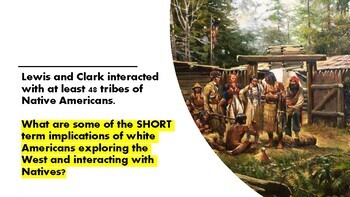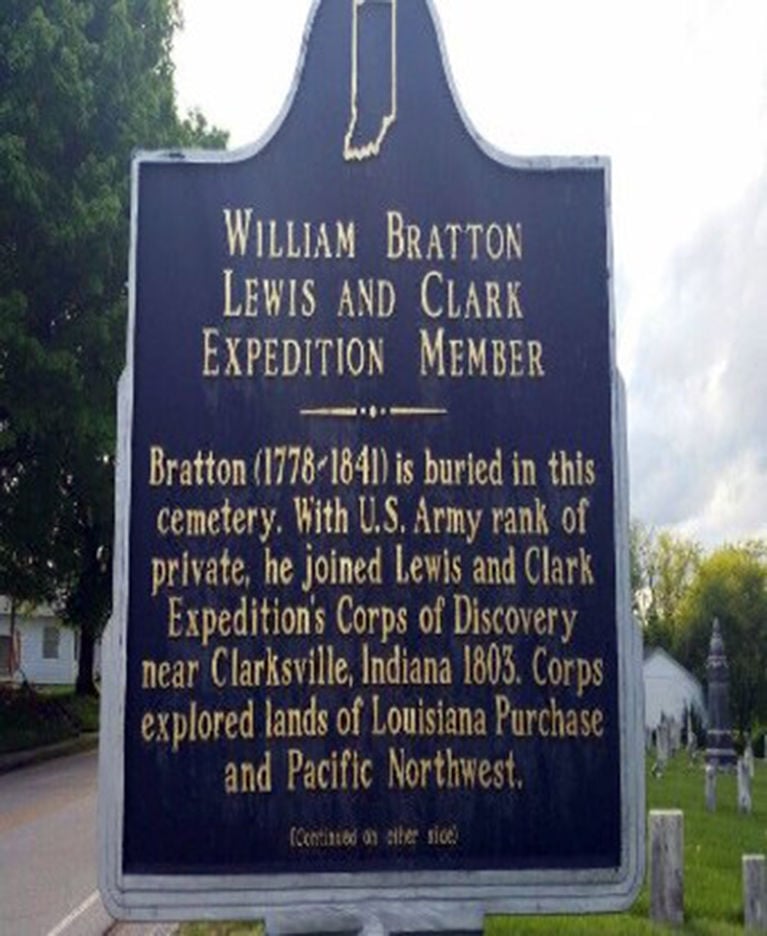
“It takes them almost a month and a half to take all of their gear 18 miles,” says Buckley.

“But the men, to their credit, say, ‘We’re going to follow you,’” says Buckley.Īnxious to prove he’s right, Lewis scouts ahead of the rest of the Corps and is overjoyed (at first) to find the Great Falls, describing them as a “truly magnifficent and sublimely grand object, which has from the commencement of time been concealed from the view of civilized man." A second vote is taken with exactly the same result. Not willing to defy their men, Lewis and Clark send exploring parties up each fork and have them report back. Thirty-one people vote for the right fork and only two vote for the left-those two were Lewis and Clark.
LEWIS AND CLARK CORPS OF DISCOVERY LIST OF PRIVATES SERIES
Only one fork is the true Missouri, and they will know it by a series of majestic waterfalls upstream mentioned by the Mandan-Hidatsa. But they are fully unprepared for a major fork in the Missouri River in north-central Montana. Lewis and Clark rely largely on navigation tips from Indians and white traders to chart the fastest and safest route westward toward the Pacific. Two days after the Corps depart Fort Mandan in the spring of 1805, Lewis writes in his journal that “ busied herself in serching for… wild artichokes… by penetrating the earth with a sharp stick… her labour soon proved successful, and she procurrd a good quantity of these roots.” “Both in letting native tribes know that they came in peace, as well as helping the men with their diet, finding edible plants to improve their health.” “Sacagawea helped in a number of ways,” says Jay Buckley, a history professor at Brigham Young University and author of several books about Western exploration. But she soon proves to be an invaluable member of the expedition. She is the 17-year-old, pregnant wife of Toussaint Charbonneau, a French Canadian trader hired by Lewis and Clark as a Hidatsa interpreter. On November 11, Clark makes a hasty scribble in his journal about the arrival of "two Squars of the Rock Mountain, purchased from the Indians by.a frenchmen." One of those nameless squaws is the famous Sacagawea.Īt first, Sacagawea is an afterthought. With winter fast approaching, the Corps construct Fort Mandan in North Dakota among the hospitable Mandan and Hitatsa Indians. In an instant, Clark’s soldiers raise their rifles and the Teton braves draw their bows and arrows.


A young Teton Sioux chief, trying to insert himself into the confrontation, feigns drunkenness and stumbles into Clark, who rashly draws his sword. On this day, the Teton Sioux mistake the explorers for merchants and don’t like the idea of the Americans selling weapons to rival tribes up the Missouri River.

Jefferson had charged the Corps with Indian diplomacy, which consisted mainly of announcing the Louisiana Purchase and presenting tribal chiefs with peace medals and American flags.īut communication breakdowns are common during the expedition, given that Lewis and Clark often rely on three-way translation (native language to French to English and back) or sign language to converse with chiefs who often have their own political agendas. Of all Lewis and Clark’s encounters with Native American tribes, the meeting with the Teton Sioux (Lakota) near modern-day Pierre, South Dakota, is among the most tense. Incredibly, Floyd’s is the only death during the entire two-year expedition. Sergeant Charles Floyd, the youngest man on the expedition, dies of a suspected ruptured appendix near modern-day Sioux City, Iowa.


 0 kommentar(er)
0 kommentar(er)
